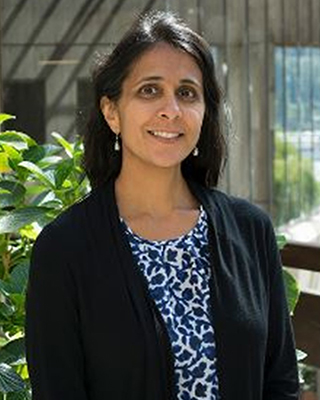
Uncovering Relationships Between Air Pollution, Psychosocial Stressors, and Cardiovascular Disease
December 7, 2022
Anjum Hajat, Ph.D.
Anjum Hajat, Ph.D., an associate professor of epidemiology at the University of Washington School of Public Health in Seattle, incorporates psychosocial factors — such as neighborhood socioeconomic status — into research on how air pollution affects cardiovascular disease.
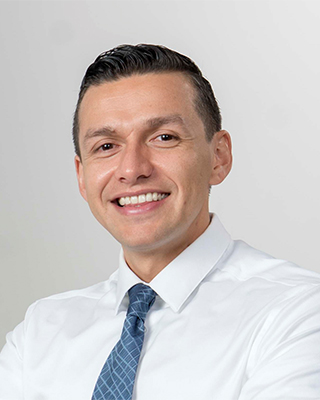
Combining Biostatics and Genomics Research to Prevent Disease
September 1, 2022
Andres Cardenas, Ph.D.
With NIEHS support, Andres Cardenas, Ph.D., combines epidemiological, molecular, and computational approaches to understand the role of environmental exposures on disease development.

Embracing the Complexity of Environmental Health Challenges
August 23, 2022
Devon Payne-Sturges, Dr.P.H.
Rather than avoid complicated — and sometimes controversial — environmental health issues, Devon Payne-Sturges, Dr.P.H., embraces the challenge of addressing them. She works at the intersection of pollution exposures, social stressors, and policy to understand how multiple factors interact to affect health.
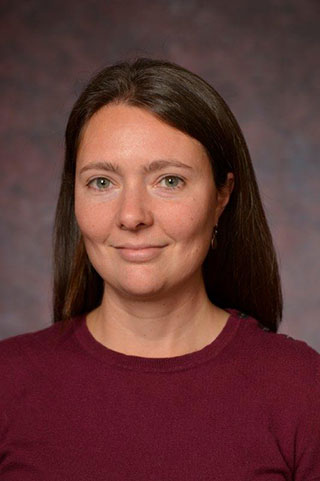
Tracking Nanoparticles Across the Placental Barrier
August 5, 2022
Phoebe Stapleton, Ph.D.
Phoebe Stapleton, Ph.D., of Rutgers University, considers herself to be an applied physiologist. That is, she studies how the body works and functions and how it responds to challenges, for better or worse.
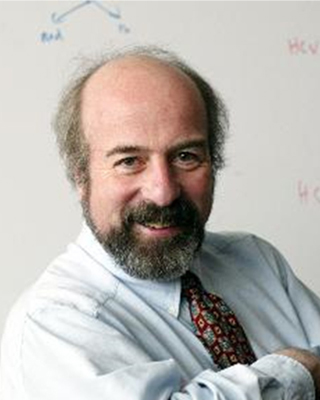
Fleshing Out a Fungal Toxin’s Role in Liver Cancer
June 17, 2022
John Groopman, Ph.D.
For decades, longtime NIEHS grantee John Groopman, Ph.D., has studied the biological effects of a potent carcinogen called aflatoxin, with the goal of disease prevention.

Exploring the Cardiovascular Effects of Arsenic Exposure
May 2, 2022
Yu Chen, Ph.D.
Yu Chen, Ph.D., an epidemiologist at the New York University Grossman School of Medicine, studies how arsenic exposure may lead to cardiovascular disease (CVD), which affects the heart and blood vessels.
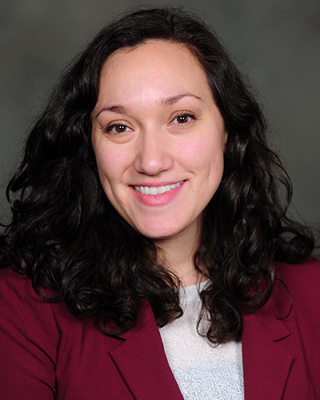
Uncovering the Link Between Metals and Disease
April 19, 2022
Tiffany Sanchez, Ph.D.
Former NIEHS-funded trainee Tiffany Sanchez, Ph.D., is now an assistant professor committed to identifying strategies to prevent arsenic-related diseases.
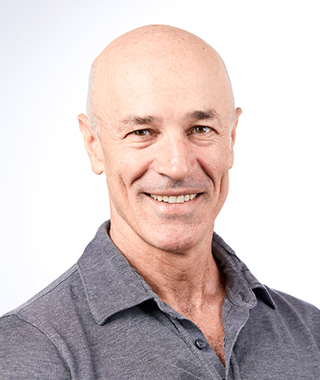
Preventing Disease Through Bioinformatics
April 19, 2022
Stefano Monti, Ph.D.
Using computational approaches, Stefano Monti, Ph.D., aims to model environmental chemicals and predict their long-term effects on human health.
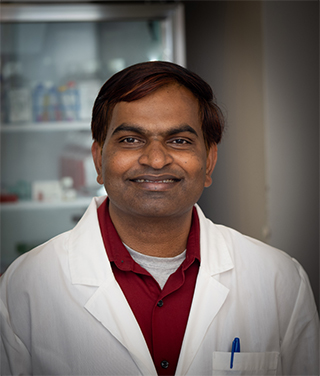
Exploring the Role of the Biological Clock in Gene-environment Interactions
April 15, 2022
Shobhan Gaddameedhi, Ph.D.
With funding from the NIEHS ONES Program, Shobhan Gaddameedhi, Ph.D., is exploring how our circadian clock helps protect against genomic instability and environmental carcinogenesis.
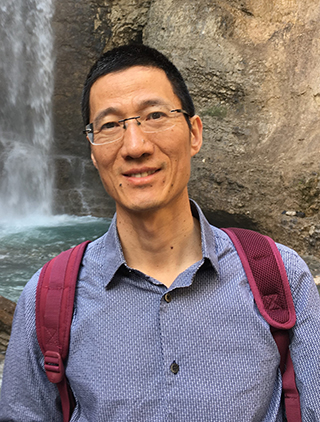
Visualizing DNA Damage Through a Molecular Lens
April 13, 2022
Yinsheng Wang, Ph.D.
With funding from the NIEHS RIVER Program, Yinsheng Wang, Ph.D., uses sophisticated chemical tools to learn how DNA modifications affect gene function.
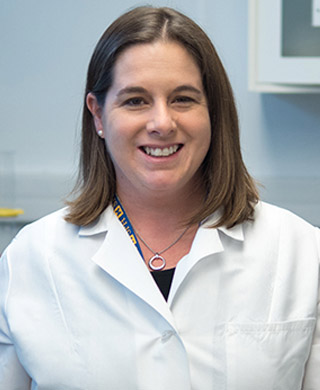
Connecting the Epigenome to Environmental Health
March 11, 2022
Dana Dolinoy, Ph.D.
With funding from the NIEHS RIVER Program, Dana Dolinoy, Ph.D., is developing new ways to reverse the effects of toxic exposure and improve health.
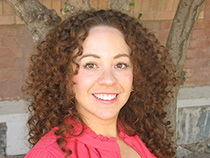
Engaging Communities to Improve Well-being
February 17, 2022
Mónica Ramírez-Andreotta
With NIEHS support, Mónica Ramírez-Andreotta, Ph.D., uses participatory methods to build environmental health literacy and involve communities to translate research into action.
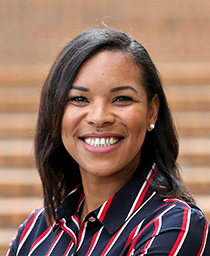
Applying Novel Techniques to Understand Developmental Toxicity in Bone
January 20, 2022
Nicole Sparks, Ph.D.
With funding from NIH’s new MOSAIC Program, Nicole R. Sparks, Ph.D., studies how toxic chemicals affect microRNA associated with skeletal health. MicroRNAs are small pieces of RNA that play a vital role in gene expression.


